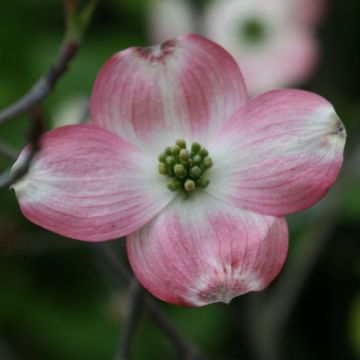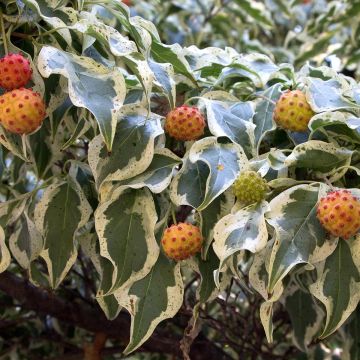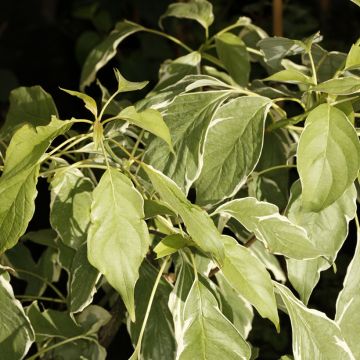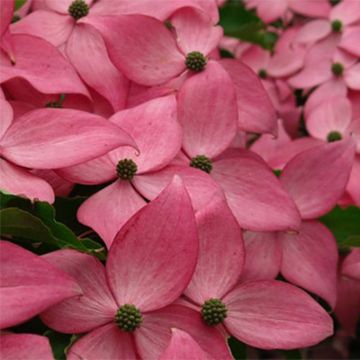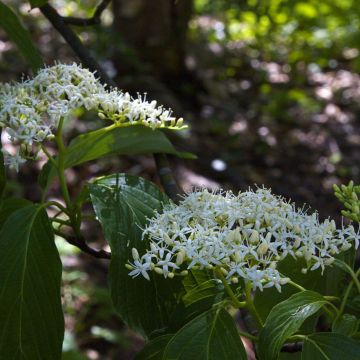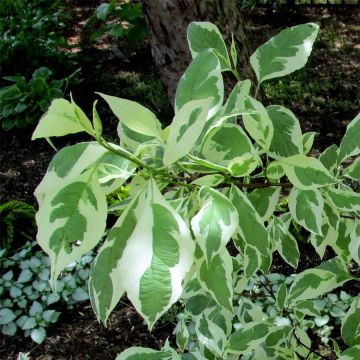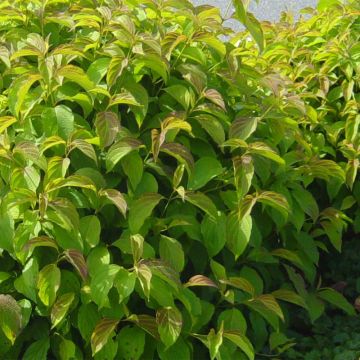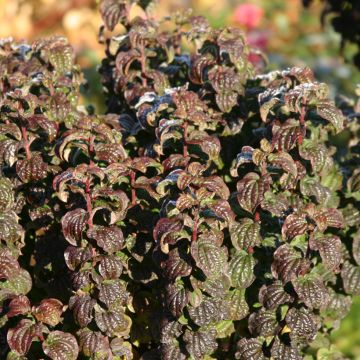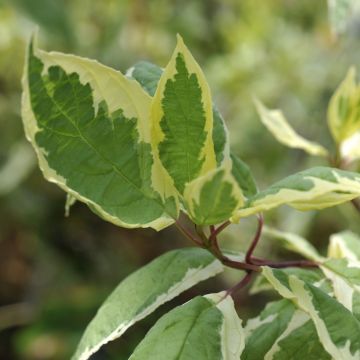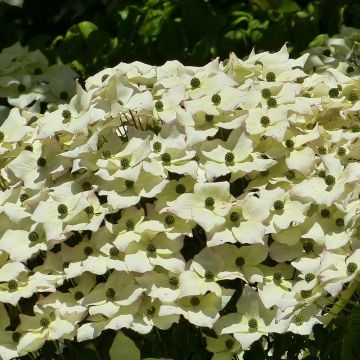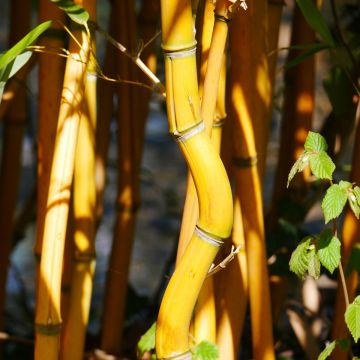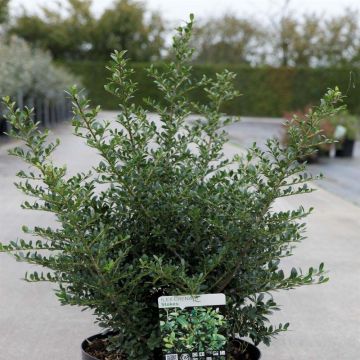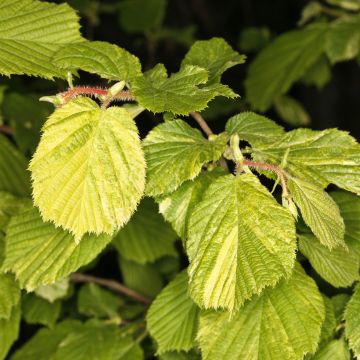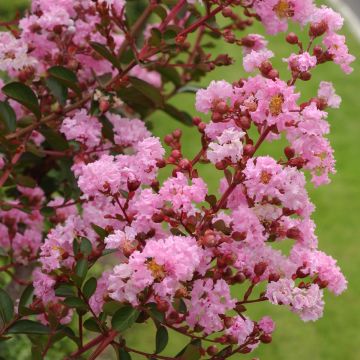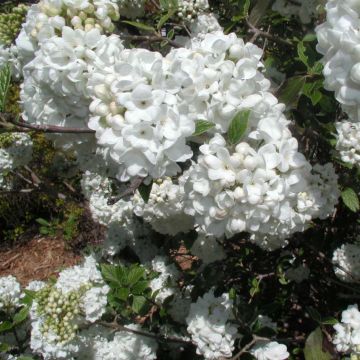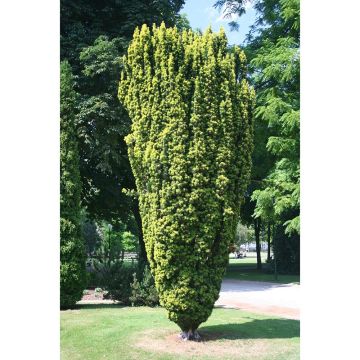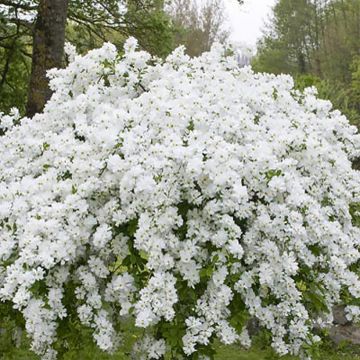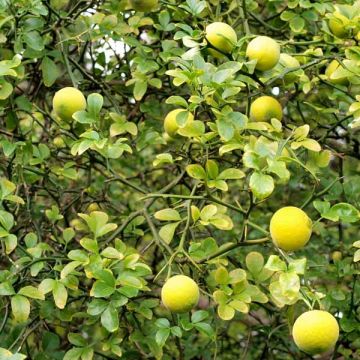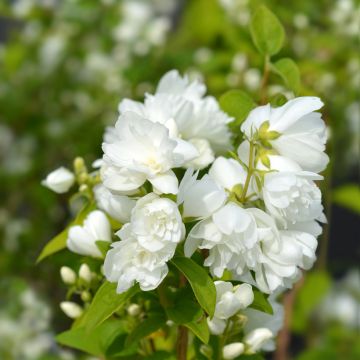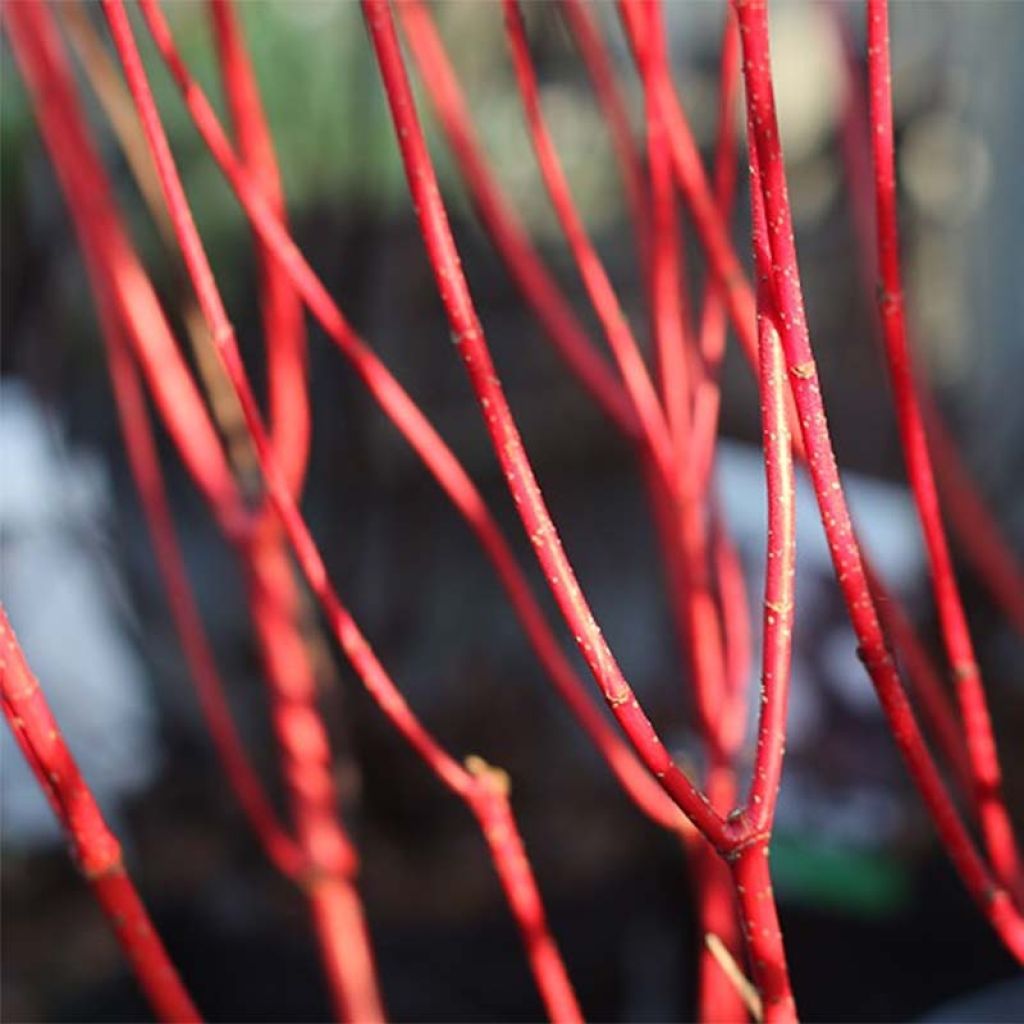

Cornus alba Baton Rouge - Red Dogwood
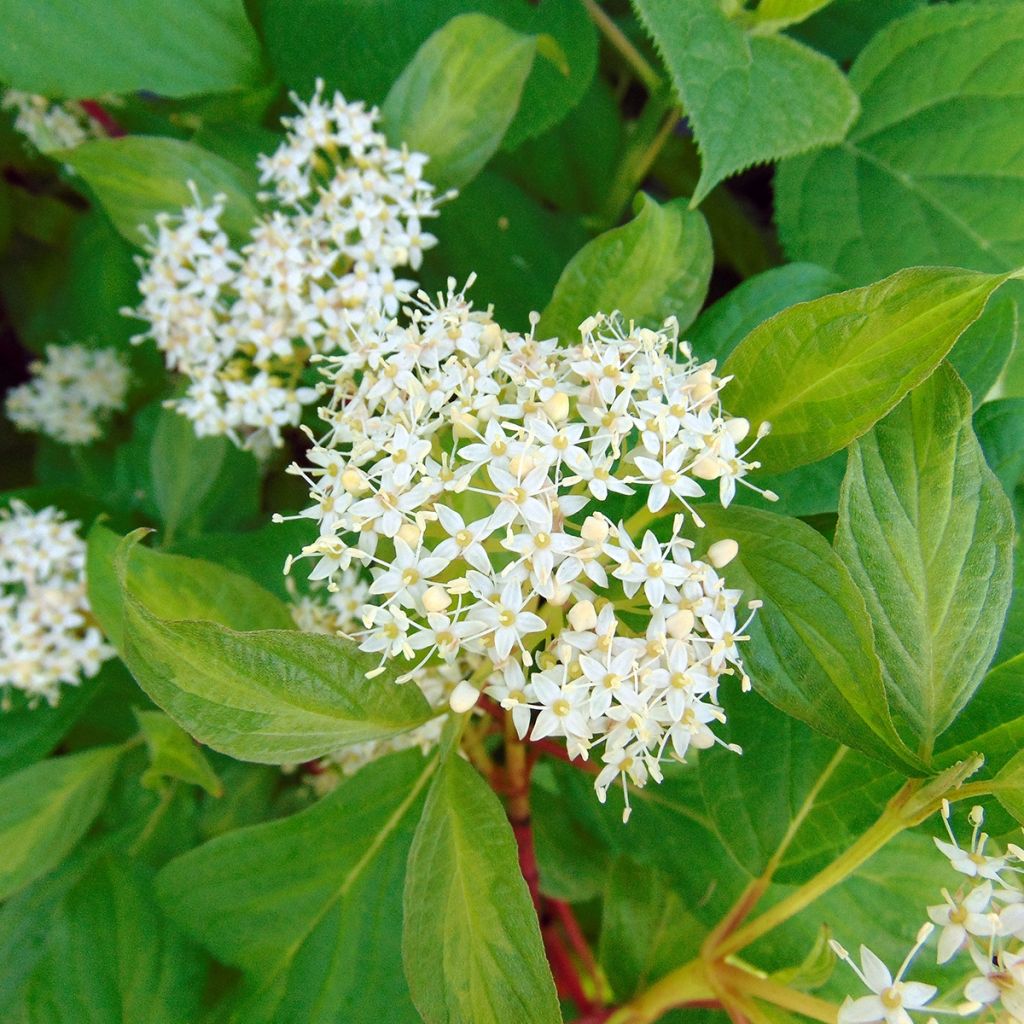

Cornus alba Baton Rouge - Red Dogwood
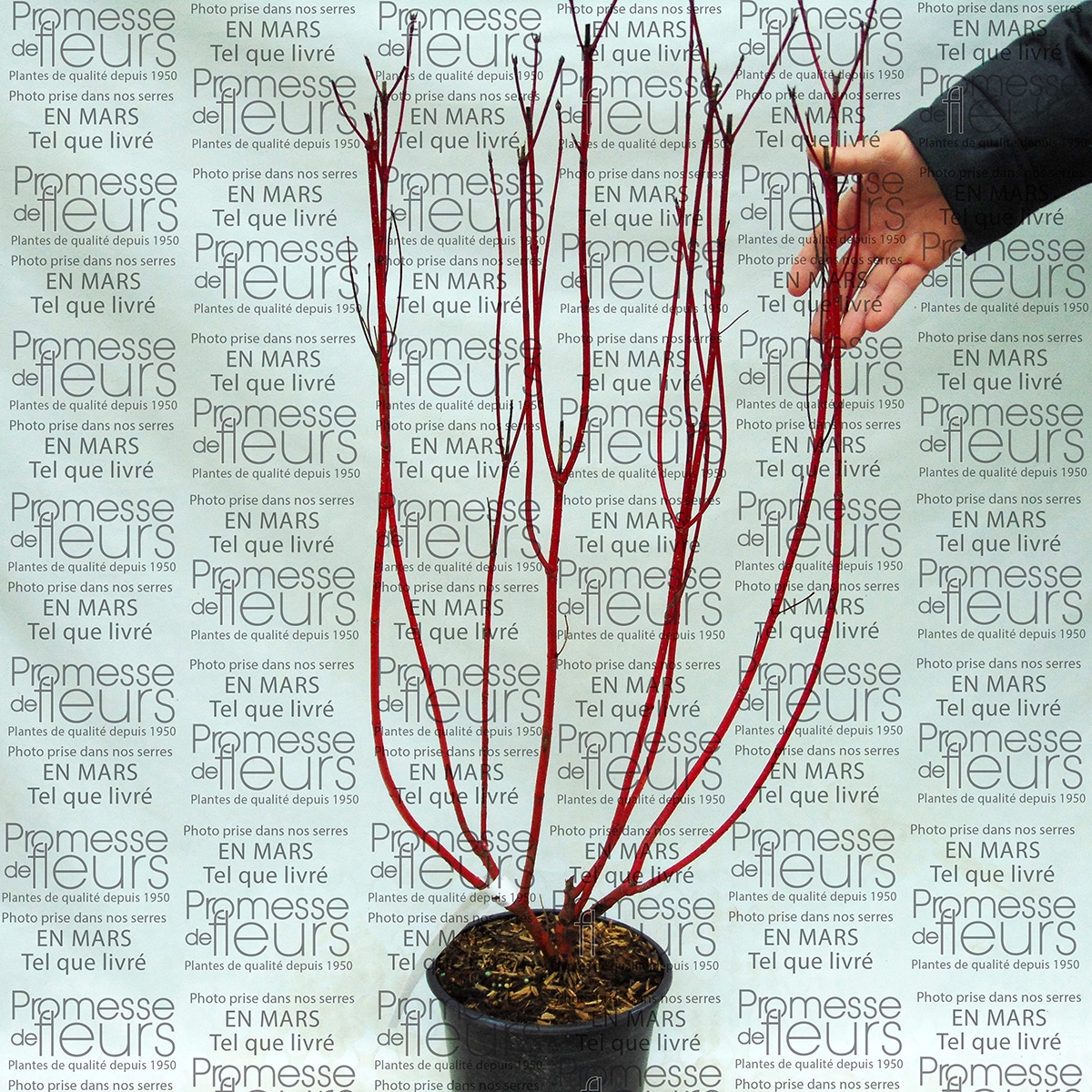

Cornus alba Baton Rouge - Red Dogwood
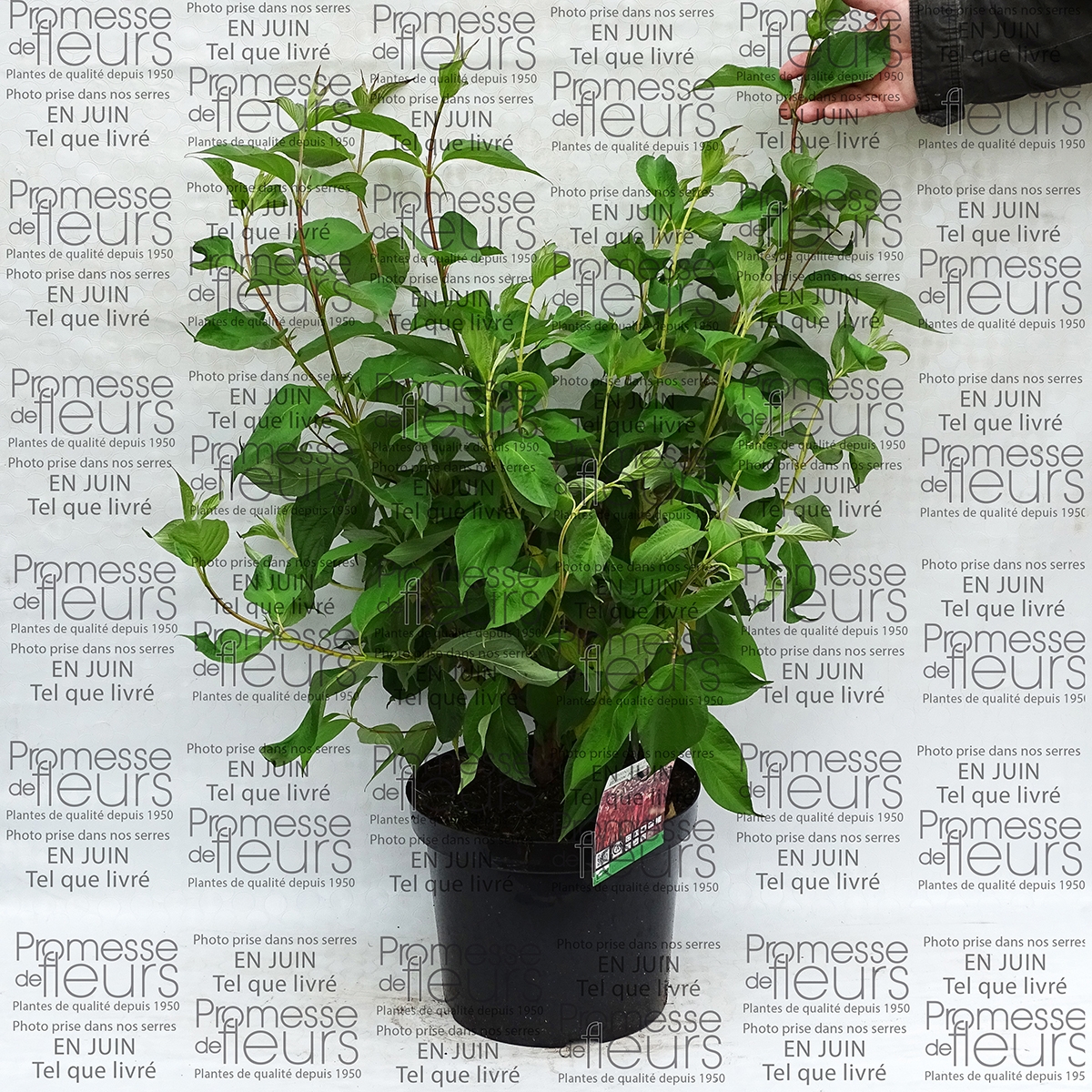

Cornus alba Baton Rouge - Red Dogwood
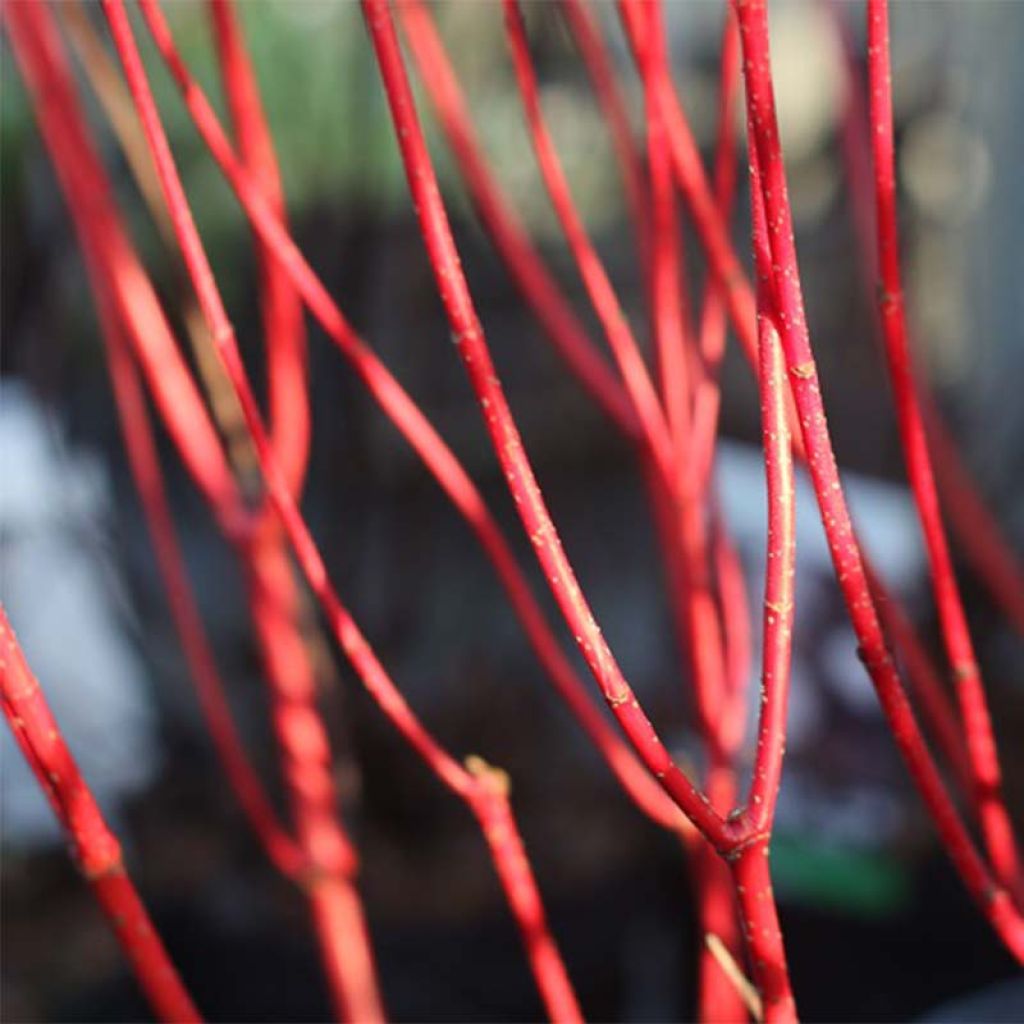

Cornus alba Baton Rouge - Red Dogwood
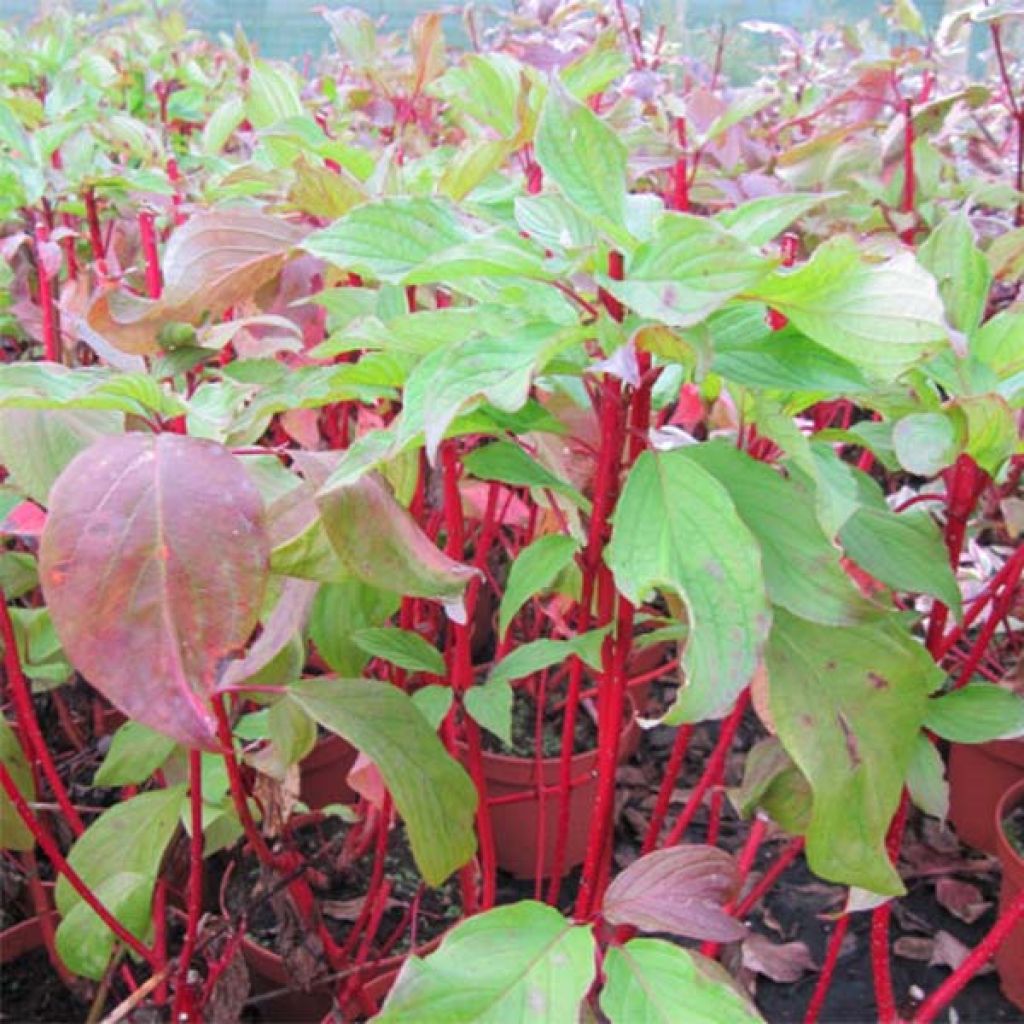

Cornus alba Baton Rouge - Red Dogwood


Cornus alba Baton Rouge - Red Dogwood
Cornus alba Baton Rouge - Red Dogwood
Cornus alba Baton Rouge®
White Dogwood, Siberian Dogwood
This item cannot be shipped to the selected country
Delivery charge from €5.90
Delivery charge from €5.90
More information
Schedule delivery date,
and select date in basket
This plant carries a 24 months recovery warranty
More information
We guarantee the quality of our plants for a full growing cycle, and will replace at our expense any plant that fails to recover under normal climatic and planting conditions.
From €5.90 for pickup delivery and €6.90 for home delivery
Express home delivery from €8.90.
From €5.90 for pickup delivery and €6.90 for home delivery
Express home delivery from €8.90.

Does this plant fit my garden?
Set up your Plantfit profile →
Description
The Cornus alba Baton Rouge® is a superb variety of dogwood that stands out with its bright coral-red young branches, creating a gleaming bouquet in winter that can be seen from far away in a landscape devoid of foliage and blooms. With its magnificent autumn colours, this deciduous shrub with a dense and bushy habit is a true ornament for the garden. Plant it in a hedge or along a large pathway, in any good garden soil that is not too dry.
The Cornus alba Baton Rouge (Minbat), obtained by Minier in 2007, belongs to the dogwood family. It is derived from the Cornus alba, the white dogwood native to Siberia, the banks of the Amur River, and the moist deciduous and coniferous forests found in Russia and Manchuria. It always grows near watercourses, under harsh and contrasting climates which is proof of its robustness.
The 'Baton Rouge' selection develops remarkable branches with extremely vivid red bark. Bushy and abundant, it naturally grows a little taller than wide at maturity, but repeated pruning often gives it a dome-like appearance that is wider than it is tall. It is a branched shrub, with the appearance of a thicket, reaching an average height of 1.75m (5.7ft), with a spread of 2m (6.5ft). Its growth is quite fast. Its branches are red and glossy, especially when young. The deciduous foliage is composed of opposite, ovate leaves, measuring 4 to 8cm (3.1in) long. They are medium green in colour and turn red-purple with a grey-reddish reverse before falling. The leaves are entire and prominently veined with a pointed tip. Flowering is not its main asset, quite discreet, in the form of small white-yellowish flowers arranged in cymes, but they are nectar-producing. This is followed by creamy white berries containing oily seeds, which turn bluish when ripe. The lower branches form suckers or root in the soil, without the shrub being invasive.
The Cornus alba Baton Rouge® thrives in any ordinary soil, even chalk and clay, and adapts to most climates. It is a rewarding and dependable shrub that requires little maintenance, aside from annual pruning of old branches near the stump to encourage new, more colourful shoots. It can be planted as a standalone specimen in the centre of a flower bed, paired with other deciduous or evergreen flowering shrubs with dark foliage, which will highlight the colours of the leaves and branches. It works wonders in a hedge, paired with viburnums, lilacs, or Amelanchier, for example. In a large garden, it can also be planted en masse along a pathway or at the edge of a property, in front of a backdrop of larger evergreen shrubs such as Elaeagnus ebbingei, Photinia, Cypress, laurel, and many others. As it is a shrub that thrives near water, it can be planted, along with the yellow-barked Cornus stolonifera Faviramea, behind a foreground of astilbes, not far from a pond.
Report an error about the product description
Cornus alba Baton Rouge - Red Dogwood in pictures


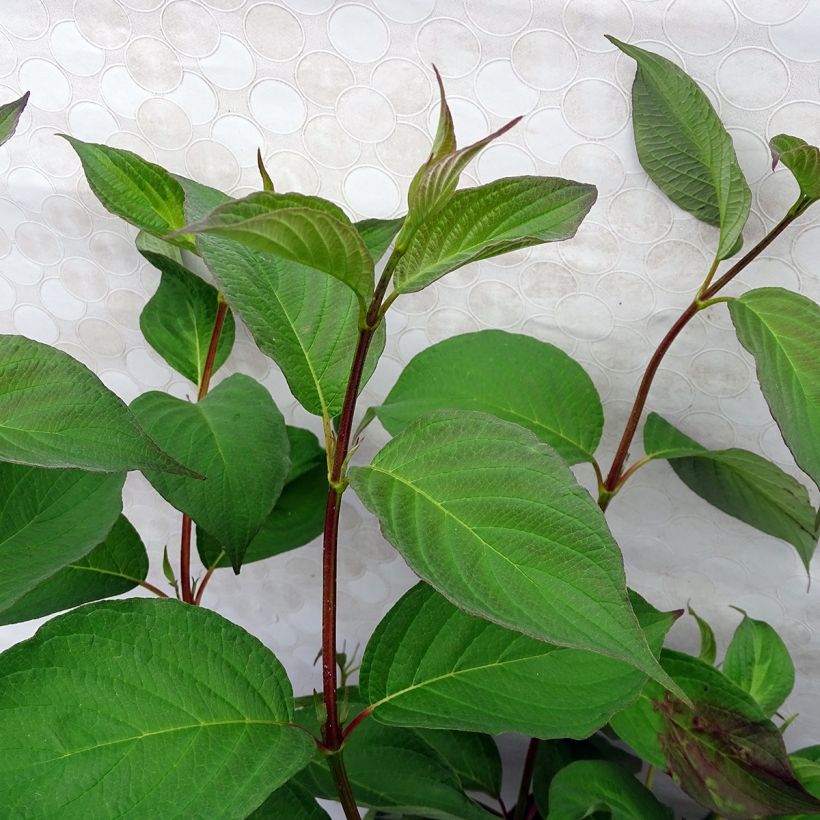

Plant habit
Flowering
Foliage
Bark
Botanical data
Cornus
alba
Baton Rouge®
Cornaceae
White Dogwood, Siberian Dogwood
Cultivar or hybrid
Other Cornus
Planting and care
The Cornus alba Baton Rouge will thrive in a rather damp, fertile and humus-bearing soil, even if it is heavy and slightly chalky. However, it is relatively tolerant provided the soil is deep, not too compact and not too dry. Plant it from November to March, in a sunny position to enhance the foliage colours, or in bright semi-shade.
Planting period
Intended location
Care
-
, onOrder confirmed
Reply from on Promesse de fleurs
Hedge shrubs
Haven't found what you were looking for?
Hardiness is the lowest winter temperature a plant can endure without suffering serious damage or even dying. However, hardiness is affected by location (a sheltered area, such as a patio), protection (winter cover) and soil type (hardiness is improved by well-drained soil).

Photo Sharing Terms & Conditions
In order to encourage gardeners to interact and share their experiences, Promesse de fleurs offers various media enabling content to be uploaded onto its Site - in particular via the ‘Photo sharing’ module.
The User agrees to refrain from:
- Posting any content that is illegal, prejudicial, insulting, racist, inciteful to hatred, revisionist, contrary to public decency, that infringes on privacy or on the privacy rights of third parties, in particular the publicity rights of persons and goods, intellectual property rights, or the right to privacy.
- Submitting content on behalf of a third party;
- Impersonate the identity of a third party and/or publish any personal information about a third party;
In general, the User undertakes to refrain from any unethical behaviour.
All Content (in particular text, comments, files, images, photos, videos, creative works, etc.), which may be subject to property or intellectual property rights, image or other private rights, shall remain the property of the User, subject to the limited rights granted by the terms of the licence granted by Promesse de fleurs as stated below. Users are at liberty to publish or not to publish such Content on the Site, notably via the ‘Photo Sharing’ facility, and accept that this Content shall be made public and freely accessible, notably on the Internet.
Users further acknowledge, undertake to have ,and guarantee that they hold all necessary rights and permissions to publish such material on the Site, in particular with regard to the legislation in force pertaining to any privacy, property, intellectual property, image, or contractual rights, or rights of any other nature. By publishing such Content on the Site, Users acknowledge accepting full liability as publishers of the Content within the meaning of the law, and grant Promesse de fleurs, free of charge, an inclusive, worldwide licence for the said Content for the entire duration of its publication, including all reproduction, representation, up/downloading, displaying, performing, transmission, and storage rights.
Users also grant permission for their name to be linked to the Content and accept that this link may not always be made available.
By engaging in posting material, Users consent to their Content becoming automatically accessible on the Internet, in particular on other sites and/or blogs and/or web pages of the Promesse de fleurs site, including in particular social pages and the Promesse de fleurs catalogue.
Users may secure the removal of entrusted content free of charge by issuing a simple request via our contact form.
The flowering period indicated on our website applies to countries and regions located in USDA zone 8 (France, the United Kingdom, Ireland, the Netherlands, etc.)
It will vary according to where you live:
- In zones 9 to 10 (Italy, Spain, Greece, etc.), flowering will occur about 2 to 4 weeks earlier.
- In zones 6 to 7 (Germany, Poland, Slovenia, and lower mountainous regions), flowering will be delayed by 2 to 3 weeks.
- In zone 5 (Central Europe, Scandinavia), blooming will be delayed by 3 to 5 weeks.
In temperate climates, pruning of spring-flowering shrubs (forsythia, spireas, etc.) should be done just after flowering.
Pruning of summer-flowering shrubs (Indian Lilac, Perovskia, etc.) can be done in winter or spring.
In cold regions as well as with frost-sensitive plants, avoid pruning too early when severe frosts may still occur.
The planting period indicated on our website applies to countries and regions located in USDA zone 8 (France, United Kingdom, Ireland, Netherlands).
It will vary according to where you live:
- In Mediterranean zones (Marseille, Madrid, Milan, etc.), autumn and winter are the best planting periods.
- In continental zones (Strasbourg, Munich, Vienna, etc.), delay planting by 2 to 3 weeks in spring and bring it forward by 2 to 4 weeks in autumn.
- In mountainous regions (the Alps, Pyrenees, Carpathians, etc.), it is best to plant in late spring (May-June) or late summer (August-September).
The harvesting period indicated on our website applies to countries and regions in USDA zone 8 (France, England, Ireland, the Netherlands).
In colder areas (Scandinavia, Poland, Austria...) fruit and vegetable harvests are likely to be delayed by 3-4 weeks.
In warmer areas (Italy, Spain, Greece, etc.), harvesting will probably take place earlier, depending on weather conditions.
The sowing periods indicated on our website apply to countries and regions within USDA Zone 8 (France, UK, Ireland, Netherlands).
In colder areas (Scandinavia, Poland, Austria...), delay any outdoor sowing by 3-4 weeks, or sow under glass.
In warmer climes (Italy, Spain, Greece, etc.), bring outdoor sowing forward by a few weeks.

































